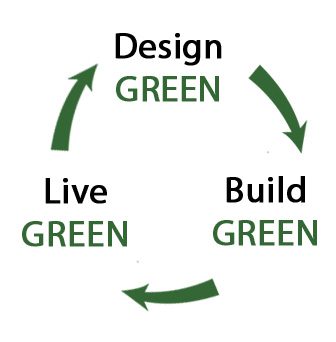Members of the baby boom generation are now moving into their 60s and approaching retirement – a process that brings with it a host of confusing choices and decisions. For many, the first question is often, “Where will I live when I retire?”
Most healthy retirees begin by taking some time to study their options and make a plan. Here are some of the many options.
Stay where you are. People who love their home, their neighborhood and their friends may decide to stay – at least, until there’s a good reason to move. But it’s important to be realistic. A big family home can become a burden to its residents as they age. But many empty nesters have hired expert remodelers to adapt their home to make it easy to use and maintain. Stairs often become a problem, but moving the master bedroom and the laundry room to the ground floor can be part of a solution that gives such retirees many more years in the home they love.
Downsize. If the current home isn’t easily adaptable, it may make sense to look around for a smaller, newer home – one designed to be easy to live in and take care of. Many retirees look for such homes in one of the two varieties of age-restricted communities: those where most residents are age 55 or older, or those where everyone is 62 or older. And other suitable homes can be found in all-age communities. And don’t forget apartment or condo living – a perfect option for retirees who don’t want to worry about home maintenance, or who plan to spend a lot of time traveling.
Stay nearby, move to an area near adult children and grandchildren or head for a better climate. Research shows that most retirees who move prefer to stay nearby, either in the same town, the same county or the same state. But others look at the move as a liberating opportunity to do something completely different. Some even retire to another country, where the cost of living is lower. Younger retirees often consider moving to communities that focus on an active lifestyle, with enhanced opportunities for continuing education, cultural events or physical fitness programs that foster continuing wellness. In the past, people looked to the sunny Southern states for such communities. But these days, smart builders are locating such active-adult communities even in Northern states.
Plan for a smooth transition. Another choice for those who like to plan ahead is a community that offers many living situations. Most have independent cottages or apartments for active younger residents, assisted living options for residents who need some help, and skilled nursing care for residents who become frail or ill. In such a community, a resident can move from one to another with a minimum of disruption.

